Premium Only Content
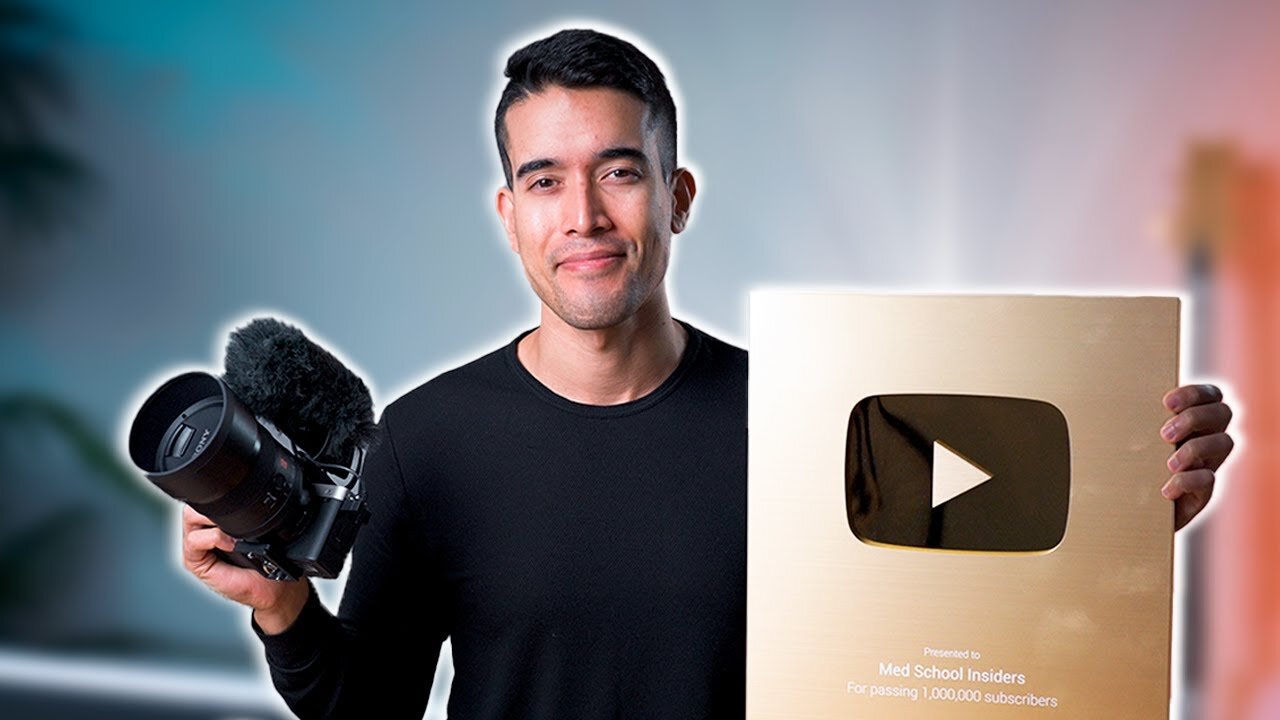
How to Start a YouTube Business – What They DON'T Tell You
Here's what they won't tell you about the reality, strategy, and pros and cons of various forms of YouTube business creation and entrepreneurship.
How to Start a Successful YouTube Channel for Your Business
500 hours of video are uploaded every single minute on YouTube. While that may seem like a tough channel to break into, YouTube is still an invaluable way many businesses grow their brand exposure. And with YouTube Shorts, a new micro content form competing with apps like TikTok and Instagram Reels, creators have another avenue to reach audiences in new ways.
To help you along this process, we’ve broken down the basics to make your YouTube channel functional.
Tip: While a YouTube is an important marketing strategy and channel, make sure you create a website and maintain it as a content hub and centralized information source for your audience and partners inquires. Otherwise you may miss out on lucrative monetization opportunities.
Follow these steps to start a YouTube channel
1. Start with the basics
2. Solidify your web presence
3. Establish your voice and channel branding
4. Fill in the about section
5. Channel your art
6. Know your market, know your content type
7. Lights, camera, trailer
8. Upload your first (official) video
9. Optimize for search
10. Stay consistent
01. Start with the basics
The first thing you’ll need to do is actually create your business channel, and YouTube makes it incredibly easy to do. With just a couple of clicks, you’ll be ready to dive into setting up your new channel. Here's how to start a YouTube channel:
Sign into YouTube and click on the user icon at the top right of the screen
Click on the gear icon to get to your account’s YouTube Settings
Click on Create a new channel
Then choose “Use a business or other name”
Add your brand name and click create.
Tip: If you don't yet have a name, you can craft a new one with a YouTube name generator.
02. Solidify your web presence
Once you have the basic setup of your YouTube channel, you’ll want to make sure that you have a complete web presence to accompany it. When viewers find your channel, they’ll likely want to know more about you and might search for your website as well as your presence on other social media platforms.
To ensure these viewers find what they are looking for, you should make sure you have an up and running website. You can either create one with the help of designer-made templates, or if you already have one, you can consider redoing it to make sure it matches the style of your new YouTube channel. You can then move on to a similar creation or revamp of your page on various social media platforms.
Wix user Jazza’s YouTube channel touts 6M+ subscribers. He uses his website Draw with Jazza to answer frequent questions, provide contact info and sell merchandise.
03. Establish your voice and channel branding
Think about the story you want your channel to tell. Viewers will return to a channel with a consistent, clearly-defined content vision. If you find it hard to decide what story to tell, think about your niche: What message can you send to potential viewers that no one else has sent before? From there, decide how that story plays into your branding. For example, will you use a serious or playful brand voice?
YouTube offers certain elements that help visually define your channel—customize them to align with your story and branding:
Channel name
Icon banner
Trailer
04. Fill in the about section
Once you've built up your complementary web presence, you may be wondering how to make sure you've started a YouTube channel that draws attention to your brand and brings in new viewers. To do so, fill out your profile and channel description. This is the first option you see after you have created a channel.
Here, you should describe your brand and what viewers can expect to see on your channel. This is also a great place to add links to your website and other social media networks that you use. This description will appear in more than one place on your channel, so be sure to put your best foot forward when filling it out.
Hacksmith’s uses just one personal sentence to create interest in his channel: “I quit my full-time job as an engineer and product developer to make only the coolest inventions — just for you guys — right here on YouTube.” He then adds a clear CTA, directing media inquiries to his website.
05. Channel your art
When you go to a YouTube channel, you’ll immediately be greeted with a large banner displaying the YouTube channel name. This is your cover photo and is prime real estate for introducing your brand.
You can make your cover photo as extravagant or minimal as you’d like, but just make sure that your brand is the focal point, as it’s going to be the first impression someone gets upon entering. Luckily, there are a great assortment of tools to get you started.
Friendly reminder: YouTube recommends uploading your cover photo at 2560 x 1440 pixels with a maximum file size of 4MB. You can also learn how to make a YouTube logo to go on your banner and represent your brand.
06. Know your market, know your content type
Since you’re starting a YouTube channel for your own business, you should have more than enough source material to work with, and you can approach your video content in more than one way.
If you have a complex product and want to empower your customers to learn more about it, video tutorials might be a great avenue for you. Want to show off great reviews from your customers? Testimonials may be the way to go. Even better, do both. This way, your channel has a variety of content to consume, which can resonate with different viewers.
As you learn how to become a YouTuber, remember to create content for your target demographic. This powerful inbound YouTube marketing technique draws customers toward your brand. Build playlists and content around your audience’s pain points, lingering questions and unique interests. The more you cater to your target market, the more likely they will want to look into your business services.
We gathered 50+ YouTube video ideas to use for your business, including:
Behind the scenes
Customer testimonials
Webinars
A day in the life
Interviews
07. Lights, camera, trailer
You’ll need video equipment to start a YouTube channel. Experts recommend a camera, tripod, microphone, video editing software and a light ring as good things to have. Explore the market to find the equipment with the right price point, and it’s okay to start with a smartphone alone.
Like your channel art, you’ll also want to create your YouTube channel trailer. Channel trailers are usually short and sweet, and are a good introduction for new visitors. You can let your audience know who you are, what your business is all about and what kind of content they can expect to see in the future. Creating your channel trailer will also be good practice leading up to your first video.
08. Upload your first (official) video
At this point, you’ve probably done a fair amount of research about your first video, and if you already have your channel trailer under your belt, you have a bit of practice as well. Now it’s time to take and say “action.”
Once you’re done filming and editing, it’s time to upload a YouTube video. Given that YouTube relies on video uploads, you’ll find the upload option at the top right of the screen when you log into your account.
10. Stay consistent
Don’t expect success if you plan to create a YouTube channel, upload one video and then neglect it completely. Creating a successful YouTube channel takes time and effort, and viewers expect consistency from the channels that they subscribe to. After your first video, be sure to plan the next few videos ahead of time.
Unsure if you’ll have time to shoot a video every week or every other week? Not a problem. Take a day out of your schedule to shoot more than one video and release them on your own schedule. Consistency is one of the most important ways to get more YouTube subscribers and grow your number of views.
Alayna Joy, the Wix user behind The Compassion Revolution, publishes her new content on an organized and transparent schedule. The YouTube channel's banner displays "New video every Friday," clearly setting expectations for when viewers should check back for new content.
-
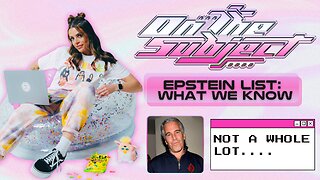 LIVE
LIVE
megimu32
1 hour agoON THE SUBJECT: The Epstein List & Disney Channel Original Movies Nostalgia!!
202 watching -
 9:06
9:06
Colion Noir
10 hours agoKid With Gun Shoots & Kills 2 Armed Robbers During Home Invasion
16.9K3 -
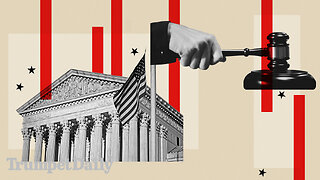 54:28
54:28
LFA TV
1 day agoUnjust Man | TRUMPET DAILY 2.27.25 7PM
19.7K2 -
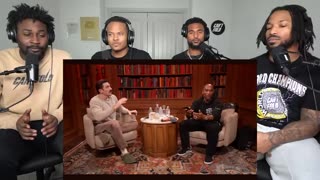 20:10
20:10
CartierFamily
7 hours agoAndrew Schulz DESTROYS Charlamagne’s WOKE Meltdown on DOGE & Elon Musk!
36.8K45 -
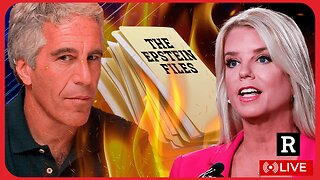 1:36:39
1:36:39
Redacted News
5 hours agoBOMBSHELL EPSTEIN SH*T SHOW JUST DROPPED ON WASHINGTON, WHAT IS THIS? | Redacted w Clayton Morris
145K242 -
 2:03:31
2:03:31
Revenge of the Cis
6 hours agoEpisode 1453: Fat & Fit
48.6K8 -
 2:38:12
2:38:12
The White House
7 hours agoPresident Trump Holds a Press Conference with Prime Minister Keir Starmer of the United Kingdom
160K60 -
 1:01:04
1:01:04
In The Litter Box w/ Jewels & Catturd
1 day agoDrain the Swamp! | In the Litter Box w/ Jewels & Catturd – Ep. 751 – 2/27/2025
91.7K35 -
 1:11:24
1:11:24
Dr. Drew
8 hours agoNEW: Cardiac Arrest In Healthy Young People After mRNA w/ Nicolas Hulscher – Ask Dr. Drew
72.7K31 -
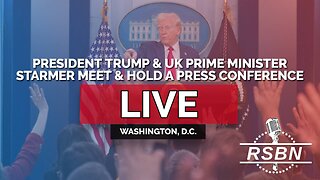 4:24:53
4:24:53
Right Side Broadcasting Network
12 hours agoLIVE REPLAY: President Trump and UK Prime Minister Starmer Meet and Hold a Press Conference 2/27/25
166K47